Late September In The Garden
- Powder Puff
- Small Leaf Cucumbers, Lettuce
- Back Garden, Okra, Herbs, Avocado, Passion
- Huge Okra Plants
- Amaranth, Beans, Bitter Melon, Cukes
- Long Beans
It is late September in the garden. The new moon has just passed. The last day of summer is past, and it is snowing in Colorado. It is still wicked hot here in South Florida, but fall weather is right around the corner. This is a good time to put seeds and transplants in the ground.
While hot weather vegetables like yard long beans, callaloo (red amaranth), cow peas, and okra will continue to do well for a couple of months more it is also time to start your cold season vegetables. Cucumbers and summer squash, lettuce and radishes will start now. Eggplant, green peppers, and tomatoes can be seeded in flats, and transplants can be put out now. Onions, beets, and chard can be started now. It is still not too late to start pole beans, and summer peas like black eye peas. It is however, too late to start sweet potatoes. My planting guides suggest it is ok to plant white or red potatoes now, but I am going to wait until October for those. They can rot in the ground pretty easily if the soil stays too hot and wet, but if those potatoes are making eyes in the cabinet right now that will be perfect.
Lettuce will start well in some partial shade. Because lettuce has a very shallow root system it can be grown in fan cages, or even garbage can lids (with drainage holes punched out). The benefit of such planters is portability. They can be moved out into full sun when the days get shorter. If planting into a fan cage line the fan cage with moistened sphagnum moss to hold the soil in.
Some growers plant flats or cells first and then move individual transplants into their beds. There are several benefits to this method. You can start plants earlier in shade, and when transplants are put into the bed you have control over placement and spacing. Putting transplants into the soil also means not having spent weeks watering the seedlings in the garden which helps to keep soil compression down.
I do a lot of direct seeding, and find it works best for me in most cases. I find it is best to seed heavily and then thin the extras. Except for root vegetables thinnings can be successfully planted elsewhere. No matter what your method it is best to plant root vegetables seeds in the bed where you expect them to grow. Root vegetables don’t transplant well. The root is often damaged in the transplanting process. In the past I have thinned carrots and replanted the thinned plants, but those roots are always fuzzy and somewhat mis-shapened when harvested no matter how careful I am.
No matter what you are planting remember to grow things you like to use, and if you have some extra space plant some extra for friends, neighbors and for someone who might otherwise go hungry.
Happy Planting
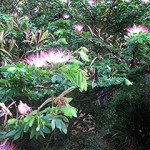
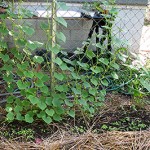
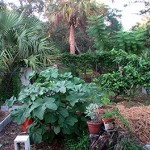
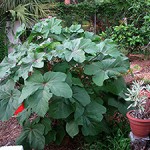
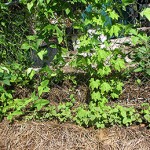
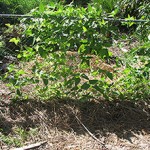

5 Responses
Gorgeous pictures and thoughts!!
Lovely Garden! Adina, do you know how to get rid of squash bugs and a bright green worm on cucumber? Something that really works! I’ve been picking off the green worms, but the squash bugs evade me…!
Thanks for your comments Sara and Suzanne. Suzanne, other than the mechanical controls you are already using diatomaceous earth, sabodilla, and neem oil are organic solutions recommended for squash bugs and will also work for those bores. Here is a very good link for the info you are seeking. http://attra.ncat.org/new_pubs/attra-pub/squash_pest.html?id=Florida
Love this time of year and hope you get a shot of fall soon. Here’s to a great fall!
Thanks for your comment Dorothy. A great fall for all!